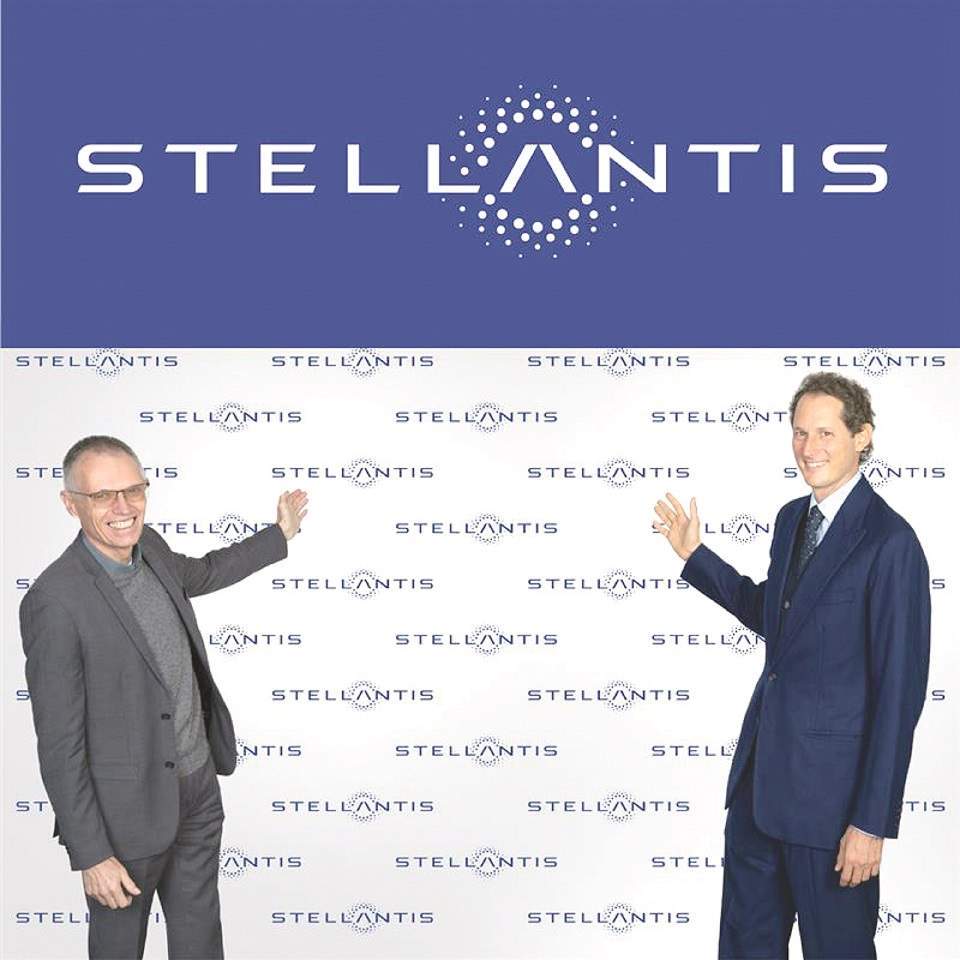January 2021 marks the launch of Stellantis, an automotive manufacturing corporation under the French PSA and Italian-American FCA merger and a world class competitor in sustainable mobility, a new era in the automotive industry. The corporation is dedicated to “providing freedom of movement with distinctive, affordable, and efficient transportation solutions uniquely positioned to capture the exciting opportunities of a global industry undergoing rapid and profound change,” according to a Stellantis press statement.
اضافة اعلان
Commenting on the beginning of Stellantis’ journey, PSA’s Carlos Tavares, the CEO of the company, said: “Stellantis is a company which aims to be great rather than big, determined to be much more than the sum of its parts. It is also a further signal of the new company’s determination to be a leading player in the automotive industry in this ever-changing environment. Stellantis is dedicated to ‘pursuing greatness’ and enhancing the well-being of its employees.”
 John Elkann and Carlos Tavares pose in front a Stellantis backdrop in this undated photo. (Photos: Handout from Stellantis)
John Elkann and Carlos Tavares pose in front a Stellantis backdrop in this undated photo. (Photos: Handout from Stellantis)
Marking the occasion,
FCA Chairman John Elkann stated that “it is no coincidence that Stellantis is born precisely when our world requires a new kind of automotive company that will champion clean and intelligent solutions to provide freedom of movement for all. Our global scale and reach provide us with the resources to invest in state-of-the-art technologies, distinctive excellence, and unmatched choice for our customers.”
Formed from the merging of two groups with strong track records and sound finances, Stellantis is truly a global company of diverse, highly talented and experienced employees who design, develop, manufacture, distribute, and sell vehicles and mobility solutions around the world while remaining deeply rooted in the communities in which they live and work.
The 11-member Board of Directors is led by Elkann. Carlos Tavares as Chief Executive Officer leads one of the most experienced and successful management teams in the industry whose diversity, experience, and competitive spirit are amongst its key strengths.
With a deep bench of world class executives, Stellantis is well-positioned to continue its founding companies’ track record of value creation for all stakeholders guided by a common principle: challenge the status quo.
With a heritage stretching back 125 years, the corporation is home to a full portfolio of storied brands that have graced the road and conquered the podium in the world of motorsport. Founded by visionaries who infused these marques with passion and a competitive spirit, the brands cover the full spectrum of market segments from luxury, premium, and mainstream passenger vehicles to hard-charging pickup trucks, SUVs, and light commercial vehicles, as well as dedicated mobility, finance and parts, and service brands.
Stellantis already has a well-established presence in three regions — Europe, North America and Latin America — in addition to significant untapped potential in important markets such as China, Africa, the Middle East, Oceania, and India. With industrial operations in more than 30 countries, the company has the ability to deliver vehicles and services in more than 130 markets.
Stellantis starts from a position of considerable strength with robust operating margins reflecting its leading positions in North America, Europe, and Latin America.
The company expects to leverage its size and economies of scale as an enabler to invest in innovative mobility solutions for its customers, targeting annual synergies of more than 5 billion euros at a steady state. These synergy estimates will be achieved through the implementation of smart purchasing and investment strategies, optimizing powertrain and platform utilization, applying cutting-edge R&D, and a continuous focus on manufacturing and tooling efficiencies. These synergy estimates are not based on any plant closures resulting from the transaction.
Stellantis’ portfolio is uniquely suited to offer distinctive, sustainable mobility solutions to meet its customers’ evolving needs, as they embrace electrification, connectivity, autonomous driving, and shared ownership. As the electrified market continues to grow, Stellantis is well-positioned today with 29 models available and plans to introduce 10 additional vehicles by the end of this year.
The company is strongly committed to playing an active part in contributing to the societies in which it operates, as it works towards achieving a long-term goal of carbon neutrality across all products, assembly plants, and other facilities.
In its first half year in existence, Stellantis reported billions of dollars in profit, but the global chip shortage hit the company’s cash flow by billions of dollars as well.
CEO Tavares touted “very strong” financial results and thanked employees for their “outstanding focus on operational excellence and synergies execution,” a reference to the savings promised as part of the merger. He also noted some highlights.
Tavares emphasized the company’s desire and ability to be an industry leader rather than a follower in areas like electrification because of its scale.
Based on calculations assuming the merger had happened at the beginning of the 2021, Stellantis reported net profit of $7 billion for the first half of 2021, compared with a loss of $965.4 million during the same period in 2020. Net revenues in the half were $89.4 billion, compared with $61.4 billion in the same period a year ago, an increase of 46 percent.
The company reported adjusted operating income of $10.2 billion, up from $893 million in 2020, and a margin of 11.4 percent.
But the impact of the chip shortage meant the company, which has brands like Jeep, Ram, Dodge, Chrysler, Fiat, Maserati, and Alfa Romeo among its 14 brands, suffered an industrial free cash flow loss of $1.4 billion, CFO Richard Palmer said. If not for the production impacts related to the semiconductor shortage, cash flow would have been a positive $4.5 billion.
“We don’t want to be cornered in a legacy car company. We will move fast and strong toward a more technology-driven company, and this is what we are preparing for in our long-term strategic plans we presented to you,” Tavares said.
Read more in Drive




